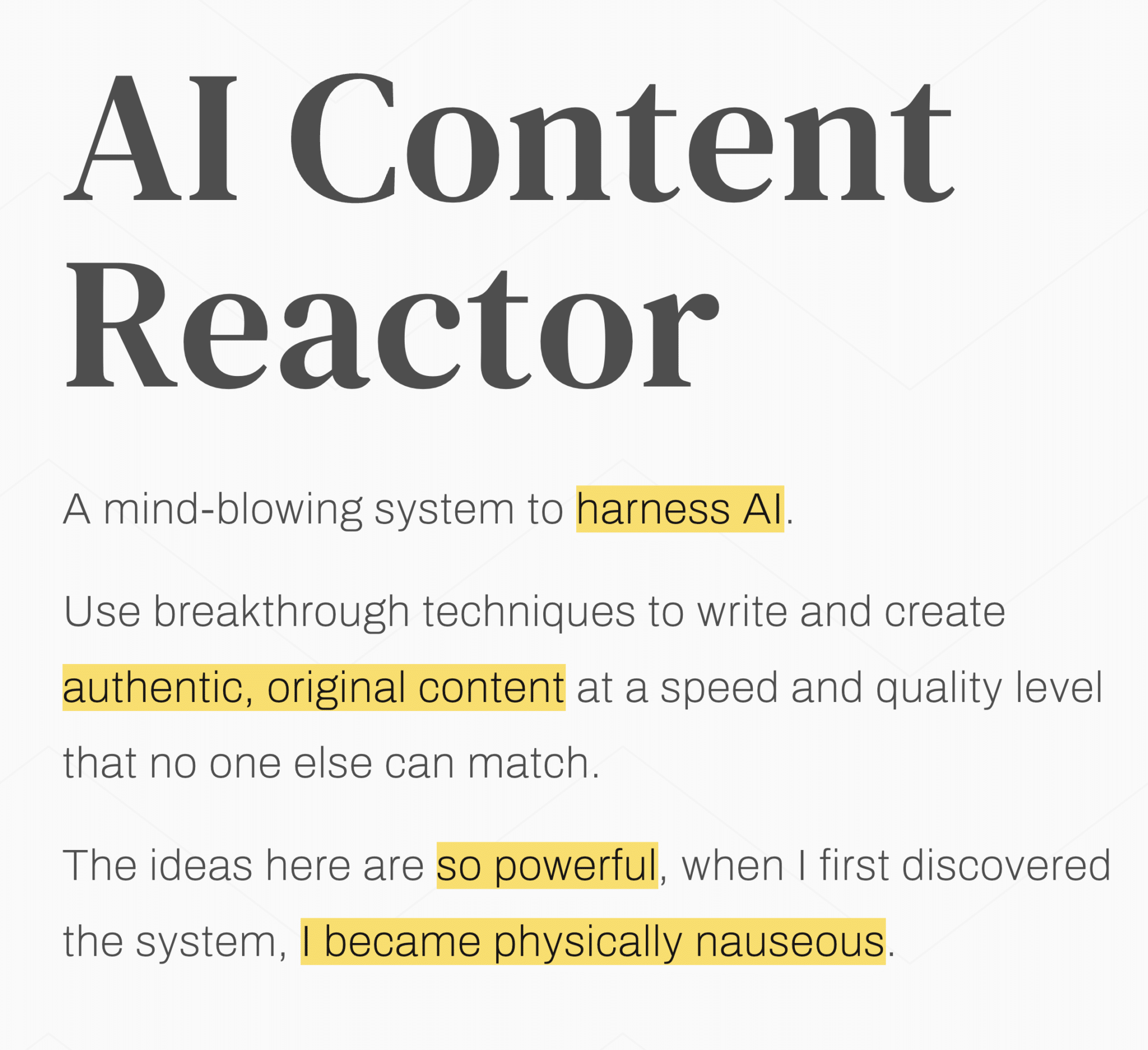This article was updated for accuracy in April 2025
Whether you have a brick-and-mortar shop or your sales are strictly online, connecting with your regional marketing demands that you really understand the local culture. Cultural marketing plays a vital role in this connection. As the world continues to reach deeper with cultural marketing, knowing the language, its nuances, and the subtler elements of cultural behavior is more critical than ever.
You also have to leverage data analytics and social listening tools to continuously monitor cultural trends. Platforms like AI-powered sentiment analysis and real-time social media monitoring are helping companies quickly adapt their strategies.
Table of contents
Languages
Obviously, knowing the language is very important, even when the language is your own. Cultural variations, slang, and local colloquialisms can make or brake your messaging. For example, an American in Australia or the UK will encounter enough unique expressions to require careful consideration before trying them on for size.
A sign in a High Street window or on your website, inviting UK customers to “optimize your savings” or “select a color” will stand out as foreign. Likewise, everyday American terms could backfire in regions where they carry different connotations.
Language and spelling differences are fairly obvious and relatively simple to resolve. But other cultural differences can present issues, such as:
Gender Roles
Understanding and respecting gender roles is a critical aspect of cultural marketing. In many regions, traditional gender roles dictate that men and women are expected to behave certain ways, have specific responsibilities, and even purchasing habits.
However, these roles aren’t static. They change over time with social, economic, and political influences. Overly traditional representations may alienate progressive consumers or appear outdated in an increasingly globalized world.
You also should consider the impact of digital activism and social media movements on gender expectations. Consumers now actively look at how brands portray gender in their campaigns. Brands that engage in thoughtful, nuanced storytelling that acknowledges both traditional values and modern aspirations, tend to do better with their audiences.
Economic Conditions
Awareness of local economic realities, like employment levels, income distribution, inflation, and purchasing power, can help you tailor your approach and avoid an unfavorable image. These conditions also evolve over time, thanks to local economies, government policies, and global market trends. Overestimating consumer spending in a recession or underestimating price sensitivity in a rapidly growing economy can alienate potential customers or lead to ineffective marketing strategies.
In an increasingly globalized world, a careful approach to economic conditions is essential. Keep your understanding of local economic climates current. In this way, you can adjust your messaging, pricing, and promotional tactics accordingly to remain relevant and competitive.
Religious Dominance
In many regions, religious dominance shapes societal norms and influences consumer behavior, purchasing decisions, and overall brand perception. Marketing a product without considering dominant religious values can result in backlash if the product conflicts with local beliefs. Understanding predominant beliefs, practices, and values can help you avoid that backlash.
A country’s religious beliefs change with generational shifts, interfaith dialogue, and changes in societal values. Ignoring these nuances can alienate a significant portion of your audience or tarnish your brand’s image. For example, promoting products or campaigns that disregard modesty standards or religious holidays may inadvertently offend local communities.
Political Unrest
In politically charged environments, products may face resistance if perceived as part of an unwanted influence. In regions with high political tension or instability, how well your marketing campaigns are received is often influenced by the prevailing attitudes towards government policies, international relations, and national pride.
If your brand is operating in such markets, be mindful of how your messaging might be taken when seen through an ideological lens. A misaligned message or insensitive reference to political issues can quickly alienate consumers who are already feeling vulnerable or distrustful due to the political climate.
Government Regulations
Government regulations and political directives can add strict guidelines on advertising practices, content, and communication channels. Keep a close eye on local laws and political developments, even if you’re completely e-commerce, to make sure your marketing efforts are compliant and culturally sensitive.
Regularly monitor political trends and adapt your campaigns to avoid controversy or misinterpretation. This helps you maintain a positive brand image and earn consumer trust even in politically charged environments.
Educational Standards
Education plays a serious role is shaping consumer behavior and what is expected of businesses. In regions with high illiteracy rates, traditional print and online advertising might be ineffective. Alternative communication methods should be considered.
In these areas, consumers might rely more on visual storytelling, simplified messaging, or multimedia formats to understand a product’s benefits. Tailoring your marketing materials to the local educational level makes sure you message is accessible and engaging. It also prevents the chances of misinterpretation and makes it easier for consumers to connect with your brand.
At the same time, as more people gain access to higher levels of education and digital literacy improves, audiences become savvier and more discerning about the content they consume. In regions like this, it becomes a balance of simplicity and sophistication. Depth and credibility in a clear, straightforward way.
Civil Unrest
If the region is in a period of significant unrest, purchasing of non-essential items will typically be very soft. Consumer priorities shift, often prioritizing essential needs over discretionary spending. The tone and timing of your messaging becomes critical; campaigns that appear insensitive or tone-deaf to the prevailing social issues can exacerbate negative perceptions of your brand.
Public sentiment can be highly volatile; media scrutiny gets stronger. If you’re operating in a place with civil unrest, tread carefully. Avoid political statements or promotional messages that could be interpreted as taking sides. Instead, emphasize empathy, community support, and social responsibility. Proactively monitoring social and political developments and adjusting your marketing tactics accordingly is essential for maintaining a positive brand image and demonstrating that your business is both responsible and responsive to its environment.
Other Cultural Considerations
Culture can mean a lot of things. It can be the difference between the Apple and the Android people. Maybe it’s a racial or language differences. It can be whether you went to college and the person you’re speaking to barely passed the 5th grade. All of the above change how you view the word.
There are several other cultural factors to keep in mind when developing your marketing strategy:
- Technology Adoption: The level of technological infrastructure and digital literacy can vary. In regions where smartphone usage or internet access is limited, alternative methods of communication might be necessary.
- Customs and Traditions: Local customs, such as holidays, festivals, and traditional ceremonies, can offer valuable opportunities for targeted marketing. Tailoring your promotions to align with these events can create deeper connections with your audience.
- Family Structures: The role of family in decision-making processes can vary widely across cultures. Marketing strategies that consider family values and dynamics may resonate more strongly in markets where family influence is paramount.
- Urban vs. Rural Dynamics: The needs, lifestyles, and media consumption habits of urban populations can differ significantly from those in rural areas. Adapting your approach to reflect these differences can improve engagement and relevance.
Conclusion
If you’re running an online business, especially if you’re trying to cater to a culture that’s significantly different from your own, you need to inform yourself or have someone intimately familiar with the culture to advise you on any issues that could arise, as well as point out any untapped opportunities.
Presumably, you would look at the market potential for your product or service before diving into a regional market, so many of the above would be obvious considerations. But as the saying goes, “the devil’s in the details.” Cultural marketing reminds us not to ignore the seemingly small cultural differences that could spell the difference between your business being successful or a miserable failure.



































